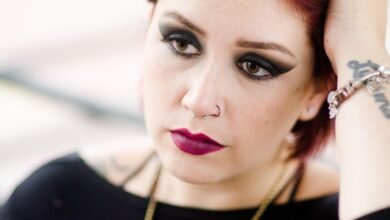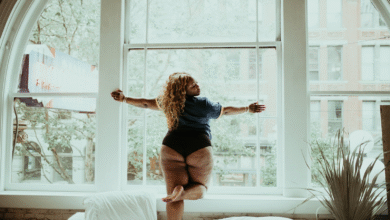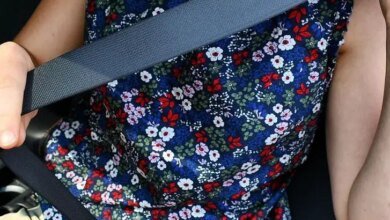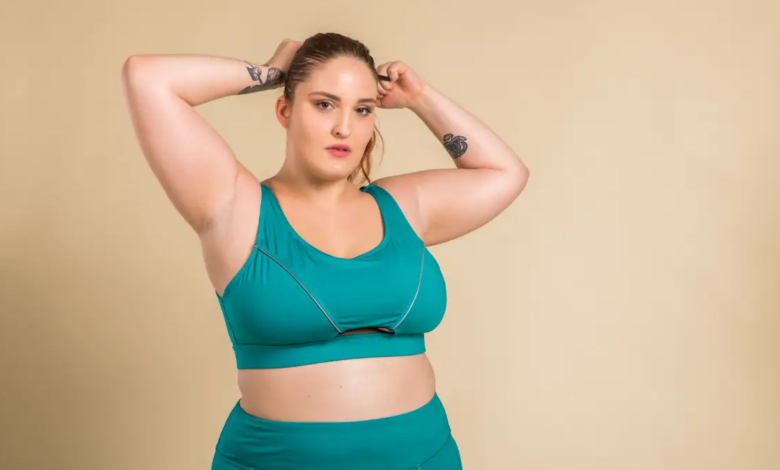
Wellness has become a cultural anthem, echoing across TikTok feeds, brand campaigns, and spa-inspired Sunday resets; however, it forgets about body diversity.
For many plus size and curvy women—especially Black and Brown women—the glossy marketing of self-care rarely reflects true body diversity. Instead, it often feels like code for “thin, white, wealthy.”
The mainstream wellness industry, valued at over $5.6 trillion globally, rarely speaks to women whose bodies don’t fit its narrow ideal. A scroll through Instagram or Pinterest under #wellness reveals the same aesthetic over and over again: slim bodies in neutral-toned athleisure, sipping green juice, or lounging in cryotherapy spas. These images are everywhere, but the representation of wellness for plus size women is not. And for those of us who straddle the intersections of race, size, and class, the message is even clearer—that space being created for you is not on the top of their list.
From the early days of the famous SoulCycle to the current Erewhon grocery obsession on TikTok, to jade-rolling to microdosing, today’s version of wellness can often feel like an aesthetic performance rather than a holistic journey. The costs and exclusiveness of access to places offering these services are also common turn-offs for the average woman. The rise of “that girl” culture—curated on TikTok and YouTube—has reinforced this narrow lens of self-care. You know the vibe: a 5 a.m. wakeup, celery juice, hot yoga, journaling in a $40 notebook, and not a single roll, scar, or stretch mark in sight.
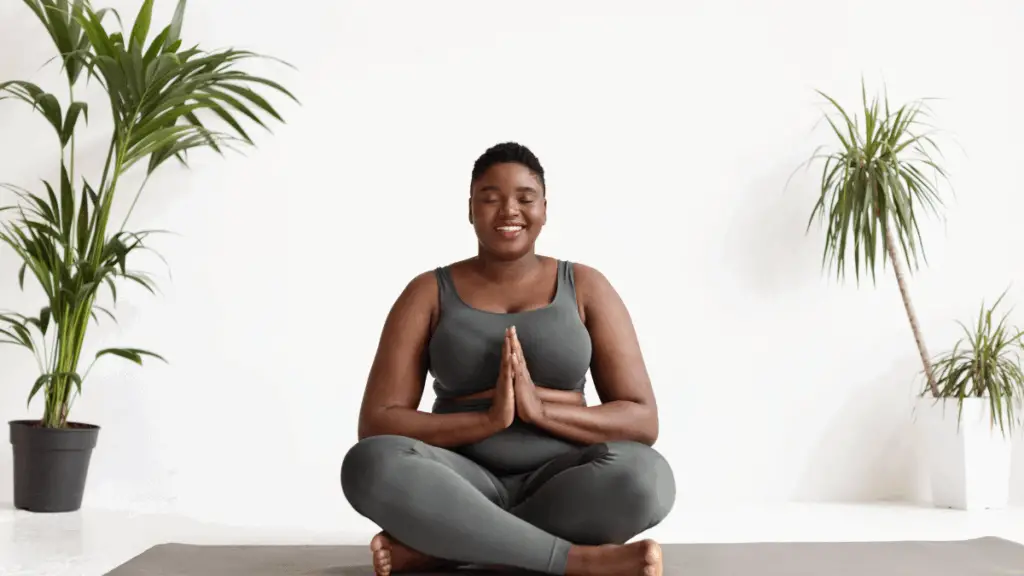
Then, of course, they make money from brand deals that have been easily accessible to them because of their appearances, and thus don’t usually have the challenging job routines that women have to incorporate wellness and self-care into. Why can’t we see more plus size and curvy influencers propped up in these wellness campaigns? Usually, because the way we look is not the aspiration, but usually the cautionary tale. Our bodies are often portrayed as what wellness is meant to fix, rather than celebrate. When body diversity is left out of the conversation, it sends a clear message: wellness is reserved for those who already fit the industry’s aesthetic ideal.
But what happens when your body doesn’t conform to that aesthetic? What if your body is round, soft, or visibly different? What if you live in a body that the wellness industry still sees as a “before photo”? This is why body diversity within the wellness industry is not only important, but also the lack of it can be damaging to many women in the long run.
Pop culture has started to engage with these questions, but refuses to sustain and carry on the conversation. Shows like Harlem and And Just Like That… have dipped a toe in, featuring characters like Angie who unapologetically own their bodies and their style. Voices like Lizzo, Tabitha Brown, and Ashley Nell Tipton are also helping shift the narrative, while constantly receiving pushback from society, most of the time. But these moments remain exceptions.
Plus Size Women Deserve Real Representations of Body Diversity
More often than not, fat and curvy women are either left out of the conversation or centered only when their bodies are being “transformed” or used for comfort. Remember when Rebel Wilson and Adele were praised primarily for losing weight rather than their accomplishments? We’d celebrated them for so long for being representatives of body diversity in Hollywood and on the screen, so why did the public change its tone when they lost weight? Or how about the users on social media who will often describe plus size women as “brave” simply for existing confidently in the pictures and videos they post? Exactly.
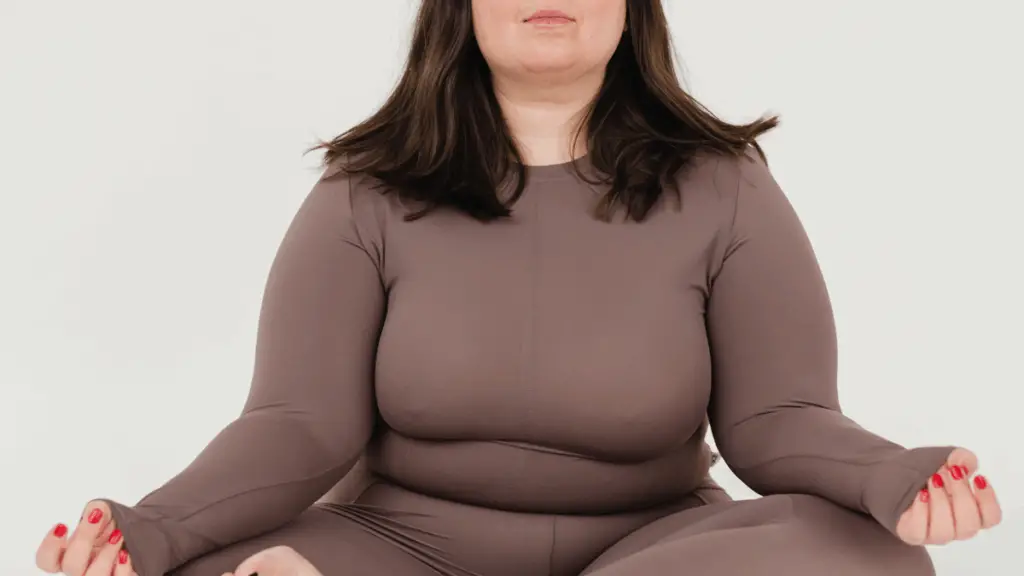
The bittersweet truth about these issues is that now real spaces for us do exist because of the exclusivity, and they are cultivated by women who were tired of being erased and decided to build their lanes. These aren’t just brands; they’re movements.
The Nap Ministry, founded by Tricia Hersey, reframes rest as resistance, especially for Black women. Jessamyn Stanley’s The Underbelly and Every Body Yoga invite people to practice yoga without shrinking themselves—literally or figuratively. Black Girl’s Breathing creates digital breathwork spaces for Black women navigating anxiety, burnout, and the emotional weight of daily life, without ever prescribing weight loss as a solution. And Body Politic offers chronic illness support with inclusivity at its core.
These communities offer a vital reminder: wellness for plus size women isn’t a luxury—it’s a necessity. It’s not aspirational—it’s survival. And it shouldn’t require us to shrink ourselves to fit in.
Wellness, in its truest form, has to stretch beyond green juices and spa aesthetics. For many of us, it looks like advocating for ourselves in biased healthcare systems. It looks like seeking out therapists who understand the difference between trauma and fatphobia. It looks like being able to move, breathe, heal, and rest without apology or expectation.
Real wellness isn’t about becoming someone else. It’s about caring for the body you already live in—with softness, with power, and without shame. If self-care doesn’t include body diversity, it isn’t care at all. It’s just branding and marketing.

